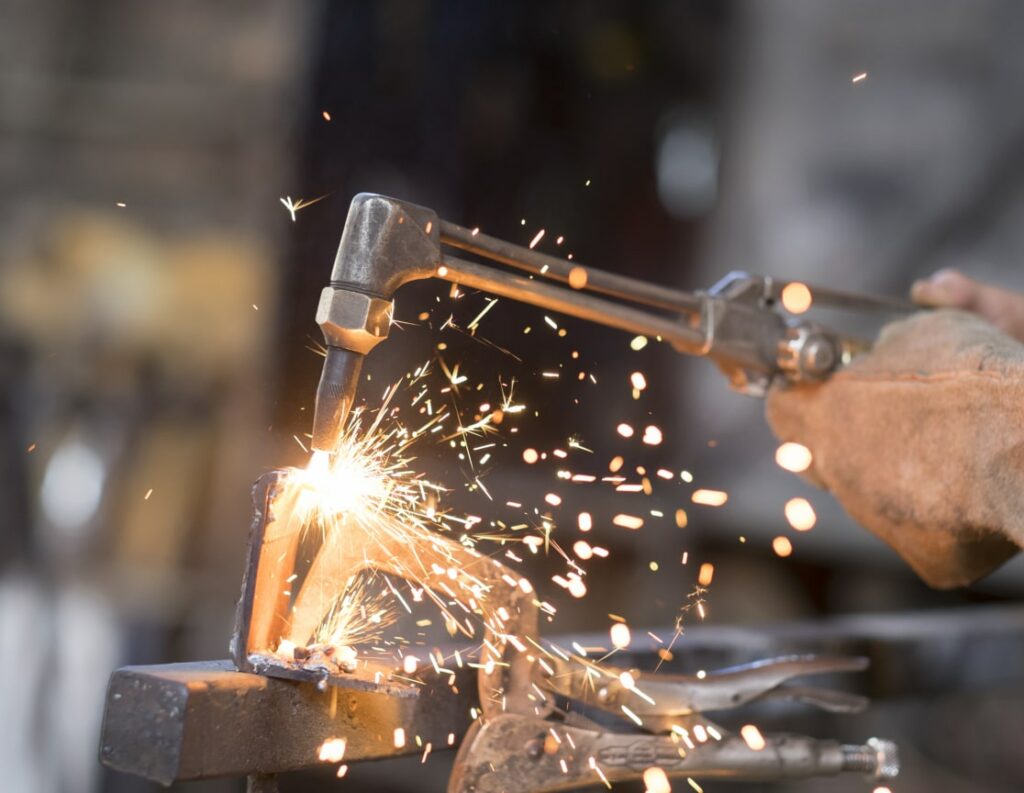Hand Protection Safety Awarness
Workers use their hands every day and can often take for granted the capabilities our hands provide at work and home. It is important to understand potential hazards work activities can create and how to protect your hands when performing those activities. When hazards cannot be eliminated through engineering and work practice controls, adequate personal protective equipment must be worn.
Hazards
- Chemical Exposure – skin absorption of harmful substances.
- Burns – electrical, chemical, or thermal burns.
- Caught-In Hazards – hands or limb can be caught in machines or equipment and potentially cause bruises, abrasions, cuts, punctures, fractures, and amputations.
Best Practices
- Always select hand protection that is designed to protect against the workplace exposure.
- Discard damaged or defective hand protection.
- Discolored or stiffened hand protection could indicate excessive use or degradation from chemical exposure and should be discarded.
- Check area or materials for sharp edges, splinters, temperature (too hot or cold) before reaching or grabbing.
- Always check a product’s Safety Data Sheet to determine hand protection.
- Reuse of hand protection should be considered prior to using.
- Take special consideration when working with chemicals that could absorb into the material.
- Keep hands away from moving machine parts and ensure proper guarding is in place.
- Follow the manufacturer’s instructions for using tools and equipment.
- Pass tools to other workers handle first and never throw a tool.
- Use the right tool for the job.
- Always cut away from your body.
Specific Types of Hand Protection
The hazards will determine the type of hand protection that must be utilized.
- Examples of hand protection include gloves, finger guards, arm coverings, elbow-length gloves, machine guards, barrier creams, hand pads.
- Insulated gloves- used to protect against heat or cold
- Fire retardant reflective – working around open flames
- Leather – working around hot or rough surfaces
- Cotton – working in cold work environments
- Special insulated rubber gloves – electrical work
- Metal mesh or other cut-resistant gloves for handling sharp objects.
- Neoprene or nitrile rubber gloves should be worn when working with corrosives.

